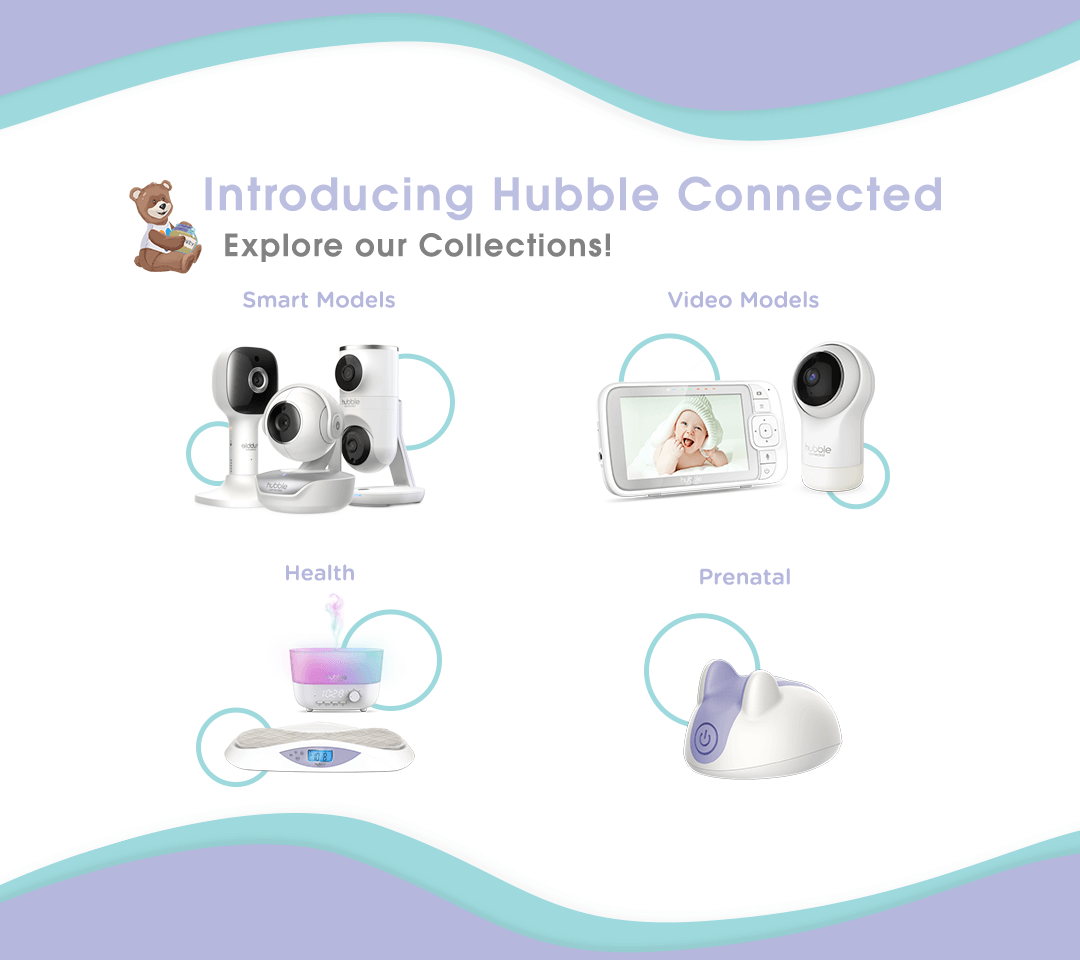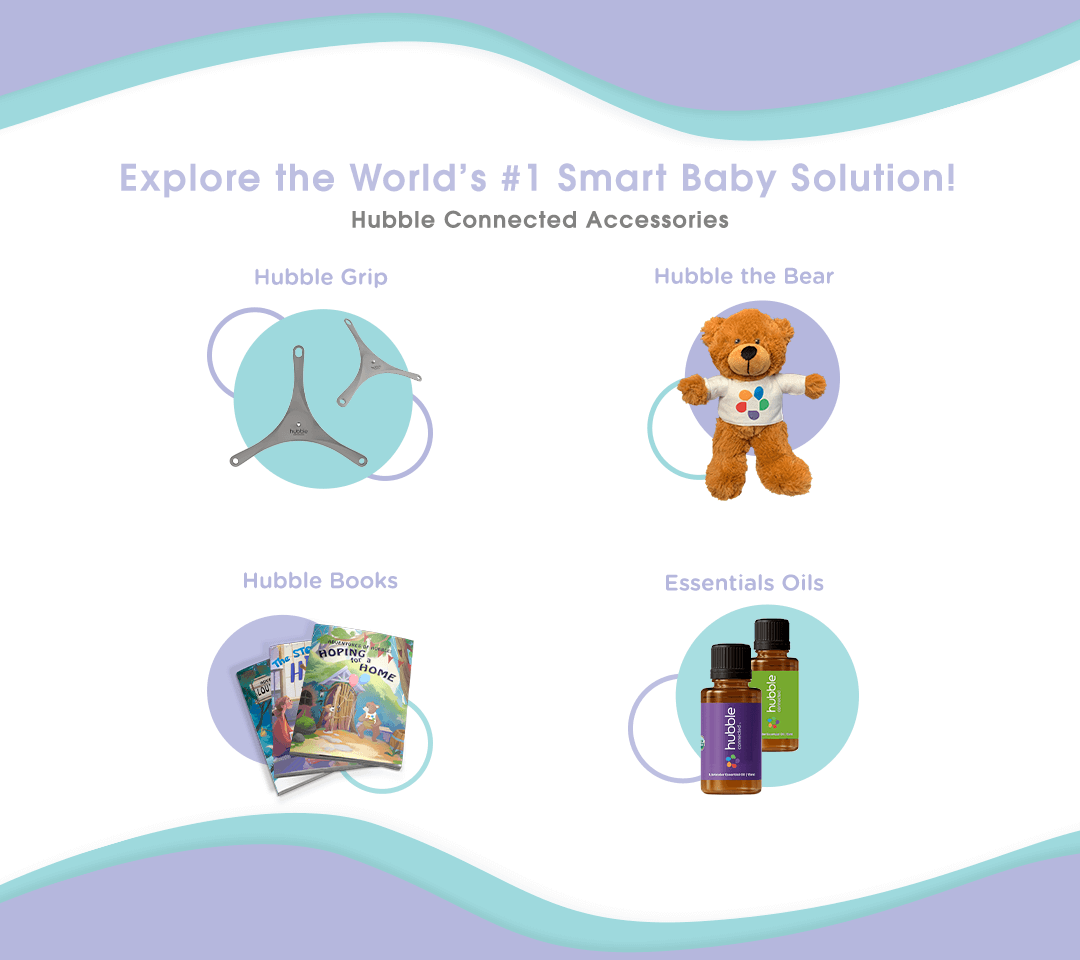Your Cart is Empty
June 15, 2021 2 min read

All babies are naturally born with a few reflexes like sucking, startling, and grasping. Over a period of time, these reflexes fade, making way for more purposeful movements. Let’s look at a few ways in which you can help your baby develop reflexes.
0 - 3 Months
The hand movement that happens in your little one's initial three months is spontaneous. When you put your finger in your newborn's palm, their fingers will close around it firmly. Known as a palmar reflex, it is an automatic response. In the upcoming months, these reflexes will ultimately become voluntary activities.
These maneuvers can develop your baby's quick reflexes:
4 - 6 Months
This is a critical time in the development of your baby's fine motor skills. It is when babies learn to harmonize feelings with hand actions. They'll start grasping their own limbs and transferring things, such as toys, from hand to hand, which shows cause and effect.
These activities can help develop your baby's fine motor skills:
7 - 9 Months
By now, your baby has mastered holding toys. Thumping, shaking, tumbling, and even tossing them are repetitive play. They are still learning how to eat on their own. Development of your child's pincer grasp will allow him/her to self-feed and hold a spoon between their index finger and thumb.
These strategies can help develop your baby's quick reflexes:
10 - 12 Months
During this stage, your baby starts exploring their surroundings. Your child points and uses hand signals to let you know that they want to be held or picked up. They'll applaud to music and eagerly hold your hand too.
To develop your baby's fine motor skills:
When should I consult a doctor?
Usually, your pediatrician will check your child’s reflexes during routine physical checkups, ensuring they exist and are identical on either side and making a note of when they go away.

June 21, 2021 3 min read

June 21, 2021 3 min read
and get $10 OFF your next Hubble Connected purchase.
.png?v=1627679689)

.png?v=1627679796)
.png?v=1627679828)



